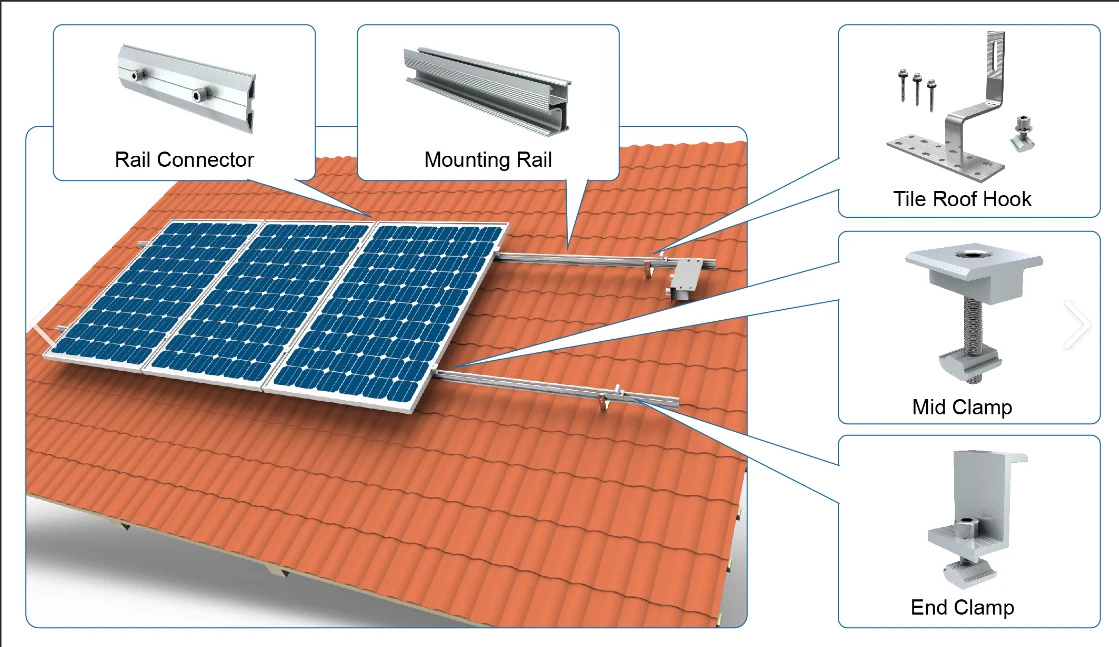solar panel measurements
Understanding Solar Panel Measurements Key Metrics for Optimal Performance
In recent years, solar energy has emerged as a leading alternative to fossil fuels, driven by the urgent need for sustainable energy sources. Solar panels, which convert sunlight into electricity, play a crucial role in this renewable energy shift. However, the efficiency and performance of these panels can vary widely, and understanding their measurements is essential for both consumers and professionals in the field. This article explores the key metrics used to evaluate solar panel performance, helping individuals make informed decisions about their solar energy investments.
Key Metrics of Solar Panels
1. Efficiency Rate
One of the most critical measurements of solar panels is their efficiency rate, which reflects the percentage of sunlight that can be converted into usable electricity. Most commercial solar panels have efficiency rates ranging from 15% to 22%. High-efficiency panels, such as monocrystalline cells, offer better performance in limited space, making them suitable for residential installations with roof size constraints. Understanding the efficiency of different types of solar panels helps consumers determine which product best fits their energy needs and available space.
The power output of a solar panel, often measured in watts (W), indicates how much electricity the panel can produce under standard test conditions (STC), including a specific temperature and light intensity. Common solar panels range from about 250W to 400W. A higher wattage implies greater electricity production potential, which is especially beneficial for larger homes or commercial applications requiring significant energy consumption. Selecting solar panels with appropriate wattage based on household or business needs is crucial for optimizing energy generation and financial returns.
3. Temperature Coefficient
The temperature coefficient measures how much a solar panel's output decreases with rising temperatures. It is usually expressed as a negative percentage; for instance, a temperature coefficient of -0.3%/°C indicates that for every degree Celsius above 25°C, the panel's efficiency will decrease by 0.3%. This metric is vital for regions with high ambient temperatures, as panels will degrade in performance during hot months, affecting overall energy production. Consumers in warmer climates should look for panels with a lower temperature coefficient to maximize long-term performance.
solar panel measurements

4. Durability and Warranty
The longevity and durability of solar panels are crucial for a sustainable investment. Most reputable manufacturers offer warranties ranging from 25 to 30 years for their products, covering performance and product defects. A strong warranty reflects the manufacturer’s confidence in their product and guarantees that consumers will continue to receive energy benefits for many years. Moreover, durability factors such as resistance to weather extremes, hail, and corrosion must also be considered when assessing solar panels.
5. Payback Period
The payback period is the time it takes for the savings from solar energy generation to equal the initial installation costs. This measurement is essential for homeowners and businesses evaluating the financial viability of investing in solar panels. Factors influencing the payback period include local electricity rates, available tax credits, and incentives, initial costs of solar system installation, and regional solar radiation levels. Understanding the payback period allows consumers to gauge the economic benefits and sustainability of their solar investment.
6. Performance Ratio
The performance ratio (PR) is a metric used to assess the actual output of a solar panel system compared to its expected output in ideal conditions. It is expressed as a percentage, reflecting how effectively the system converts sunlight to electricity. A higher performance ratio indicates a more efficient solar system, accounting for loss factors such as shading, inverter efficiency, and temperature effects. Regular monitoring of the performance ratio can help identify issues and maintain optimal performance.
Conclusion
In summary, solar panel measurements provide essential insights into their efficiency, output, and overall performance. Understanding metrics such as efficiency rate, power output, temperature coefficient, durability, payback period, and performance ratio empowers consumers to make informed decisions when investing in solar energy systems. By analyzing these key measurements, individuals and businesses can harness the full potential of solar technology, contributing to a sustainable future while reaping financial benefits. As the demand for renewable energy sources continues to grow, being well-informed about solar panel measurements will be increasingly critical for successful solar energy utilization.
-
String Solar Inverter: The High-Efficiency Solution for Smart Solar EnergyNewsJul.14,2025
-
Revolutionizing Rooftop Energy with the Power of the Micro Solar InverterNewsJul.14,2025
-
Power Independence with Smart Off Grid Solar Inverter SolutionsNewsJul.14,2025
-
On Grid Solar Inverter: Powering the Future with Smart Grid IntegrationNewsJul.14,2025
-
Monocrystalline Solar Panels: High-Efficiency Power for the Future of Clean EnergyNewsJul.14,2025
-
Bifacial Solar Panel: A Smarter Investment for Next-Generation Energy SystemsNewsJul.14,2025







